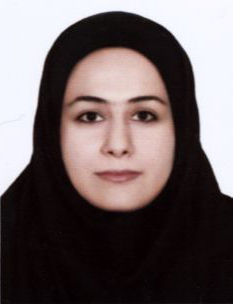Diabetes mellitus and its management with medicinal plants: A perspective based on Iranian research
Ethnopharmacological relevance: Complementary and alternative medicine has been increasingly used to treat chronic illnesses, such as diabetes mellitus. However, various limitations in terms of their application and efficacies exist. Furthermore, there is still much to be done to discover the right herbal medicine for diabetes.
Aim of the study: This paper aims to evaluate previous herbal studies on the management of diabetes mellitus, to address their strengths and weaknesses and propose a general framework for future studies.
Approach and methods: Data sources such as PubMed, ScienceDirect, Scopus, SpringerLink, and Wiley were searched, limited to Iran, using 36 search terms such as herbal, traditional, medicine, and phytopharmacy in combination with diabetes and related complications. Reviewed articles were evaluated regarding the use of botanical nomenclature and included information on (1) identity of plants and plant parts used, (2) the processing procedure, and (3) the extraction process. The main outcomes were extracted and then surveyed in terms of the efficacies of herbs in the management of diabetes mellitus. Then a comparative study was performed between Iranian and non-Iranian studies with respect to herbs best studied in Iran.
Results: Of the 82 herbs studied in Iran, only six herbs were endemic and 19 were studied in detail. Although most of the reviewed herbs were found to decrease the level of blood glucose (BG) and/or glycated hemoglobin (HbA1C) in both Iranian and non-Iranian studies, information on their pharmacological mechanisms is scarce. However, the level of HbA1C was measured in a limited number of clinical trials or animal studies. Available information on both short- and long-term use of studied herbs on diabetes related complications and functions of involved organs as well as comorbid depression and/or simultaneous changes in lifestyle is also insufficient. Furthermore, little or no information on their phytochemical, toxicological, and herb-drug interaction properties is available. It is worth noting that the efficacy of the reviewed herbs has been studied scarcely in both humans and animals regarding both Iranian and non-Iranian studies. A significant number of reviewed articles failed to cite the scientific name of herbs and include information on the processing procedure and the extraction process.
Conclusions: Treatment of diabetes mellitus as a multifactorial disease using herbal medicines requires a comprehensive approach. In order to discover the right herbal medicine for the management of diabetes many other important factors than the levels of BG, HbA1C and insulin should be considered. According to our criteria, all the reviewed herbs suffered from inadequate investigation in human, animal and in vitro models in this respect, whereas they are worth investigating further. However, more research on endemic plants and the traditional history of herbal medicine is warranted. In our opinion, the pharmacological, toxicological, and phytochemical information should be obtained before clinical trials. Furthermore, information such as botanical scientific nomenclature, side effects, and toxicity will improve the quality and validity of publications in herbal research. In particular, designing a database covering all valid information about herbs and/or diseases will decrease unnecessary costs and increase the efficiency of research.

Leave a Reply